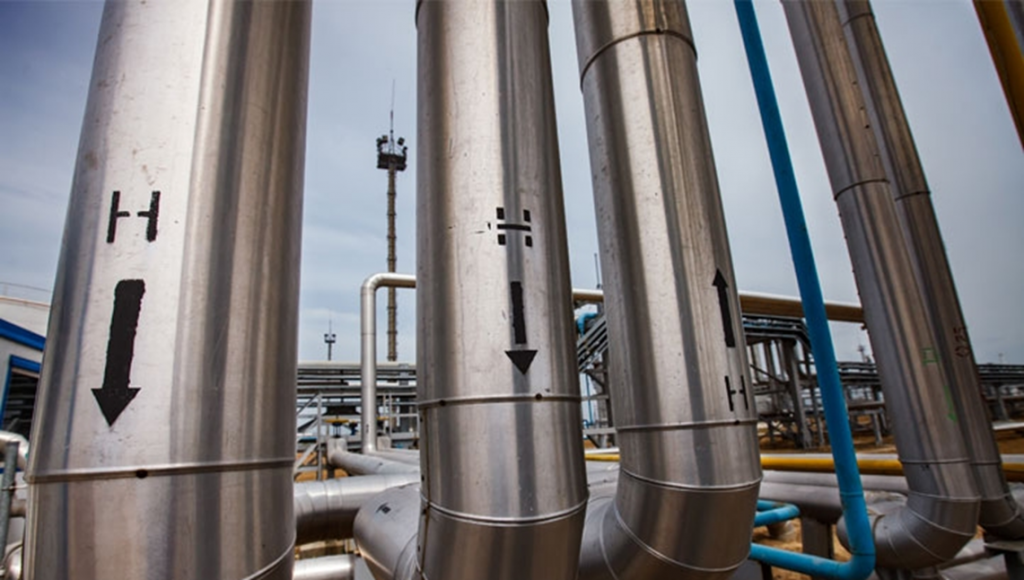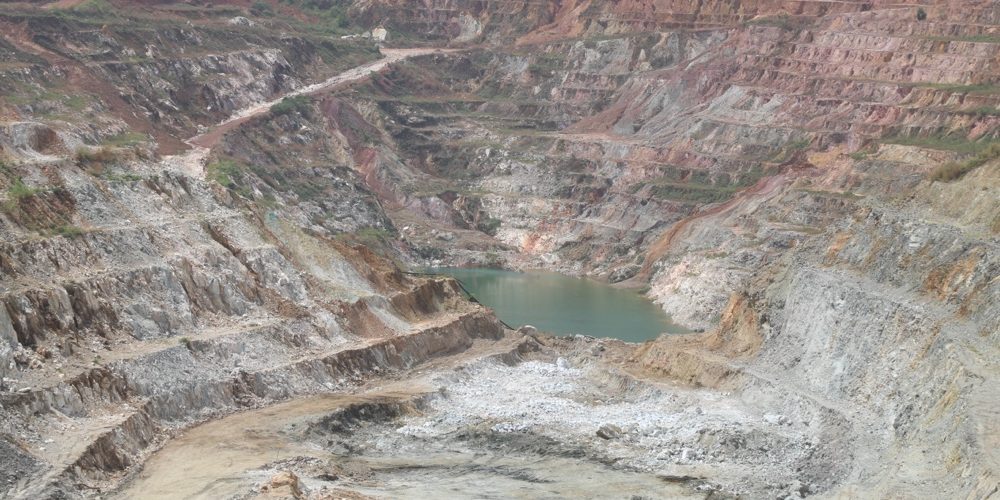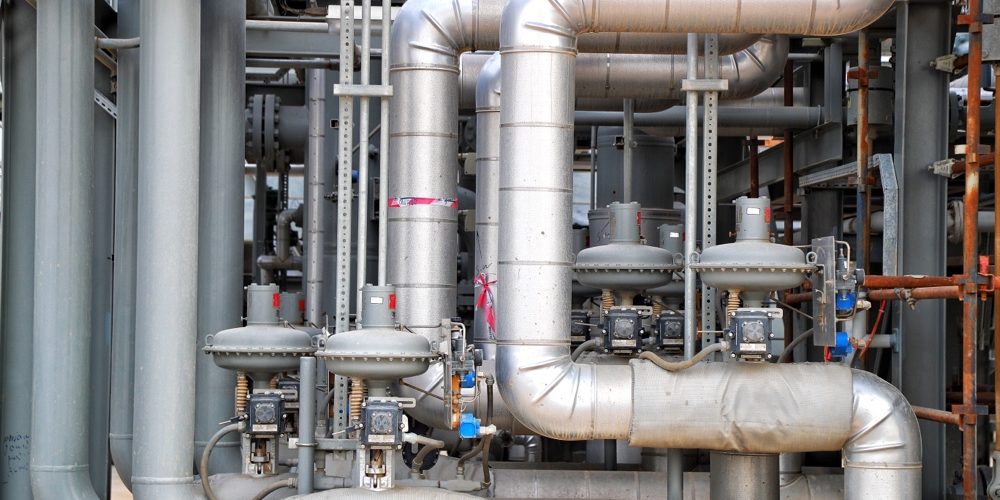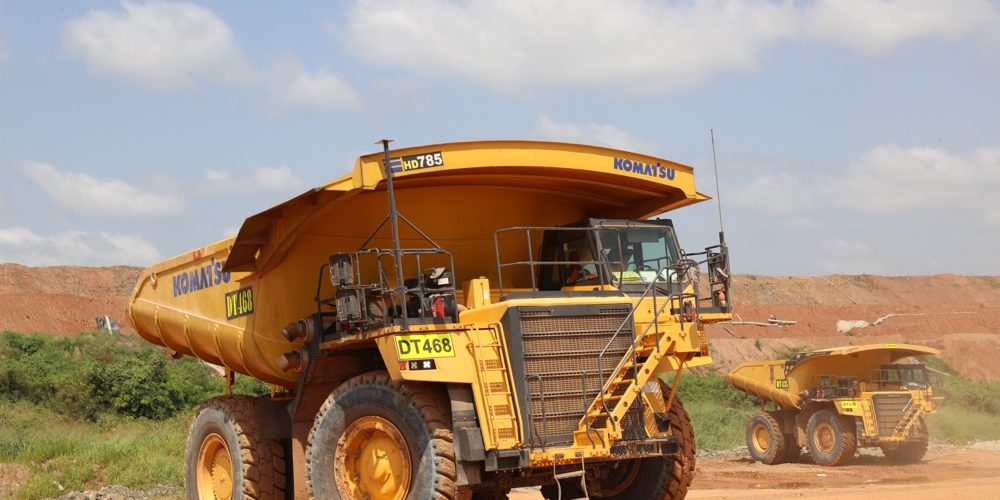Technical challenges remain for the risk to some steels of Hydrogen-Induced Stress Corrosion Cracking (HISCC). Under certain conditions Hydrogen can degrade the fracture behaviour of many structural alloys, including many stainless steels, by causing brittle failure to occur caused by interface separation of grain boundaries. The use of HISSC resistant steel as a construction material would be the preferred way to reduce this risk, but some equipment and piping may not be suitable.
Some blending of Hydrogen has been used (5-15%) into natural gas without substantial negative impact on valves or equipment infrastructure. The latest European recommendation is <6% compositional blending now, with targets on infrastructure materials to rise to <10% by 2030 and <30% eventually. Some technical advice on the use of conventional steel piping has recommended limiting operating pressure stresses to <30 SMYS or <20% SMUTS for blended natural gas + Hydrogen service.
Low pressure residential distribution systems for Hydrogen have been evaluated and found to be suitable for conventional carbon steel systems. New hydrogen meters and sensors would be needed for each end user and appliances would have to be converted. There may also be less linepack storage compared to natural gas.






